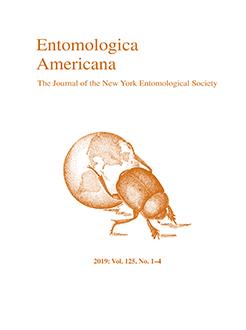The study of insects of forensic interest with the purpose of qualitatively and/or quantitatively detecting toxic substances is called forensic entomotoxicology. The present study was conducted to determine whether the antidepressant, fluoxetine, could be detected and quantified in two sarcosaprophagous fly species (Lucilia sericata, Sarcophaga crassipalpis) reared on pig muscle that had been mixed with 2000 mg/kg of the antidepressant. Samples of third larval instars, pupae and puparia were removed after certain periods of time. Fluoxetine was detected and quantified in larvae and pupae of both species using UV spectrophotometry at 270 and 277 nm. No significant differences were found between all the samples of both species. Puparia of L. sericata, but not S. crassipalpis were also positive for fluoxetine.
How to translate text using browser tools
6 November 2019
THE USE OF TWO FLY SPECIES TO DETECT THE ANTI-DEPRESSANT FLUOXETINE POST-MORTEM (DIPTERA: CALLIPHORIDAE: LUCILIA SERICATA MEIGEN, SARCOPHAGIDAE: SARCOPHAGA CRASSIPALPIS MACQUART)
Noelia I. Zanetti,
Adriana A. Ferrero,
Néstor D. Centeno
ACCESS THE FULL ARTICLE
fluoxetine
forensic entomotoxicology
Lucilia sericata
Sarcophaga crassipalpis
spectrophotometry





